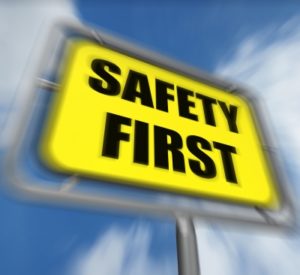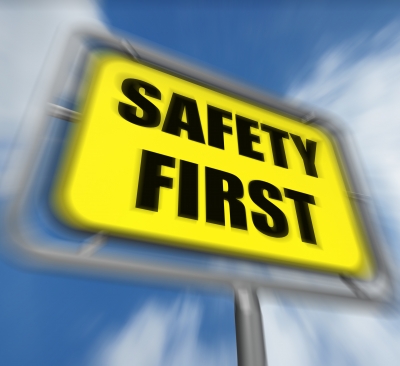 Copies of the Philippine Ports Authority’s (PPA) revised rulebook on safety, health, and environmental management (SHEM), which incorporates rules on handling and transporting dangerous cargoes, are now for sale.
Copies of the Philippine Ports Authority’s (PPA) revised rulebook on safety, health, and environmental management (SHEM), which incorporates rules on handling and transporting dangerous cargoes, are now for sale.
PPA announced that the revised SHEM, also called PPA Orange Book, is available for purchase at port management offices (PMOs).
The Orange Book aims to “promote and sustain an environment-friendly workplace in all ports and harbors of the country and ensure the health and welfare of all port users, passengers and workers.”
These goals will be realized through established environmental monitoring schemes and management measures that are geared to protect the environment, said PPA. These measures are to be complemented by efforts to “continually improve the implementation of environmental policies in the port through the adoption of international and national standards and best practices.”
The updated guidelines are also intended to “ensure the proper and safe handling/transport/storage of dangerous goods in ports.”
The PPA Orange Book took its name from the United Nations Recommendations on the Transport of Dangerous Goods, which is also called Orange Book. The UN manual is a guidance document for harmonizing regulations on dangerous goods transport.
The updated PPA SHEM updates outdated regulations, according to PPA Safety Specialist Noli Villanueva in a presentation during the Philippine International Seafreight Forwarders Association, Inc.-PortCalls forum.
READ: PPA updates Orange Book rules on shipping dangerous goods
The book is divided into three volumes: Volume I: Safety and Health in Ports; Volume II: Environmental Management in Ports; and Volume III: Transport, Handling and Storage of Dangerous Goods in Ports.
Cargo handling operators and port users may purchase each volumes separately.
Health hazards
Highlights of Volume III include the addition to the Dangerous Goods List of other substances which have been identified as “Health Hazard” under Class 9, Miscellaneous Dangerous Substances, and which were not included in previous PPA regulations. These substances include urea, soda ash, clinker, and fertilizer that contains nitrate compound.
The revised manual requires the use of salvage packaging as a precaution against dangerous goods spillage or leakage, and for the ship master, shipping agent, or shipping representative to submit a signed Dangerous Goods Manifest to alert the PPA about incoming toxic shipments.
Requirements pertaining to sizes and measures of markings, labels, and placards of the different classes of dangerous goods have also been added.
At the same time, the port authority amended responsibilities of PPA PMOs, Port District Offices, cargo-handling operators and terminal operators, and other stakeholders that handle dangerous goods.
It covered an emergency plan and response program as well as emergency information that were lifted from the Port Safety, Health and Environmental Management Code and IMO Recommendation on the Safe Transport of Dangerous Goods and Related Activities in the port areas.
Highlights of Volume I include those concerning annual risk assessment; accident/incident reporting to the Regional Labor Office; identification of areas where personal protective equipment is used; standardized safety signage; and enhanced emergency preparedness and response procedures.
As for Volume II, amendments encompass the mandatory collection of ship’s wastes by vessels that call at PPA ports; mandatory installation of materials recovery facility; ambient air quality monitoring and emission testing; water quality monitoring and sampling; strict compliance with the Environmental Impact Assessment; and implementation of the Revised Rules and Procedures, Containment, Abatement, and Control of Oil Marine Pollution and the National Oil Spill Contingency Plan.
PPA early this year issued Administrative Order No. 07-2015, setting down guidelines for implementing SHEM in ports it supervises for port users and stakeholders to comply with. – Roumina Pablo
Image courtesy of Stuart Miles at FreeDigitalPhotos.net





